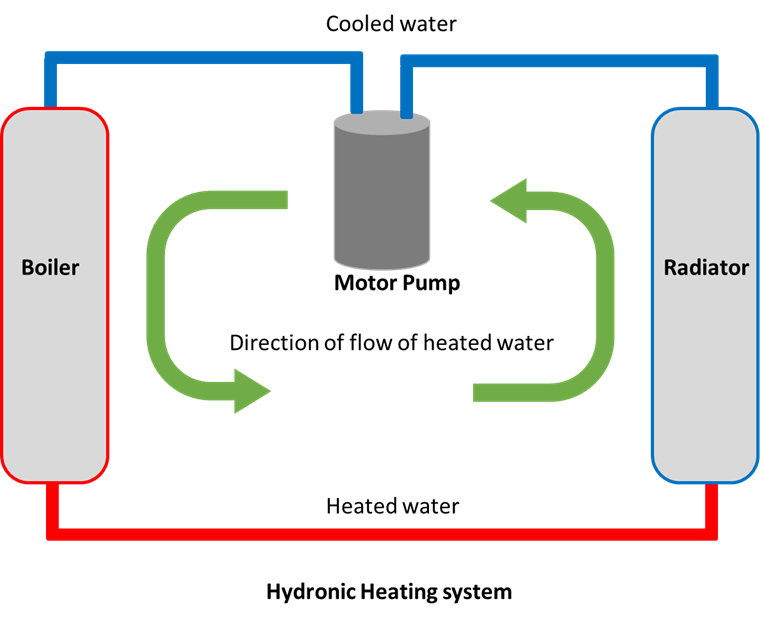Sub Heading: Cultivating Calm in Your Outdoor Space
In today’s fast-paced world, finding moments of tranquility and peace is essential for our well-being. One way to create a peaceful haven right in your own backyard is by designing a DIY Zen garden. With its serene beauty and calming elements, a Zen garden offers a sanctuary where you can escape the stresses of daily life and reconnect with nature.
Sub Heading: Understanding the Essence of Zen Gardens
Zen gardens, also known as Japanese rock gardens or dry landscapes, originated in Japan as places for meditation and contemplation. These minimalist gardens are designed to evoke a sense of serenity and harmony through the use of simple elements such as rocks, gravel, sand, and carefully placed plants. The key principles of Zen garden design include simplicity, asymmetry, and the use of natural materials to create a sense of balance and tranquility.
Sub Heading: Choosing the Perfect Location
Before you start creating your Zen garden, it’s essential to choose the perfect location in your yard. Look for a spot that receives plenty of sunlight and is away from noisy distractions. Ideally, your Zen garden should be visible from a window or a favorite sitting area so that you can enjoy its beauty and tranquility from indoors as well.
Sub Heading: Designing Your Zen Garden Layout
Once you’ve selected the location, it’s time to design the layout of your Zen garden. Start by outlining the shape and size of your garden bed using rope or garden hose. Then, consider the placement of key elements such as rocks, gravel pathways, and plants. Remember to keep the design simple and asymmetrical, following the principles of Zen garden aesthetics.
Sub Heading: Choosing Materials for Your Zen Garden
The materials you choose for your Zen garden will play a significant role in creating its peaceful atmosphere. Opt for natural materials such as river rocks, pebbles, and sand for the main elements of your garden. You can also incorporate larger rocks and boulders to add visual interest and create focal points within the space. Additionally, consider adding moss, ferns, and other low-maintenance plants to soften the edges and add a touch of greenery to your garden.
Sub Heading: Creating a Sense of Tranquility with Gravel and Sand
One of the defining features of a Zen garden is its use of gravel and sand to represent water and mimic the ripples of waves. Rake the gravel or sand into patterns that evoke the movement of water, such as concentric circles or flowing lines. This simple yet meditative practice can help calm the mind and create a sense of peace and tranquility within your garden.
Sub Heading: Adding Natural Accents
In addition to rocks, gravel, and sand, consider adding natural accents such as bamboo fences, wooden benches, or stone lanterns to enhance the beauty and authenticity of your Zen garden. These simple yet elegant elements can add a sense of harmony and balance to your outdoor space while providing functional benefits such as seating or lighting.
Sub Heading: Maintenance Tips for Your Zen Garden
Once your Zen garden is complete, it’s essential to maintain it regularly to preserve its beauty and tranquility. Rake the gravel or sand regularly to smooth out any footprints or disturbances and keep the patterns crisp and clean. Remove any weeds or debris that may detract from the peaceful atmosphere of your garden. Additionally, prune and trim any plants as needed to keep them looking neat and tidy.
Sub Heading: Finding Peace in Your Zen Garden
In conclusion, creating a DIY Zen garden is a rewarding and fulfilling project that can bring a sense of peace and tranquility to your outdoor space. By following the principles of Zen garden design and carefully selecting materials and elements that evoke a sense of harmony and balance, you can create a peaceful haven where you can escape the stresses of daily life and find moments of calm and serenity amidst the beauty of nature. Read more about diy zen garden ideas




